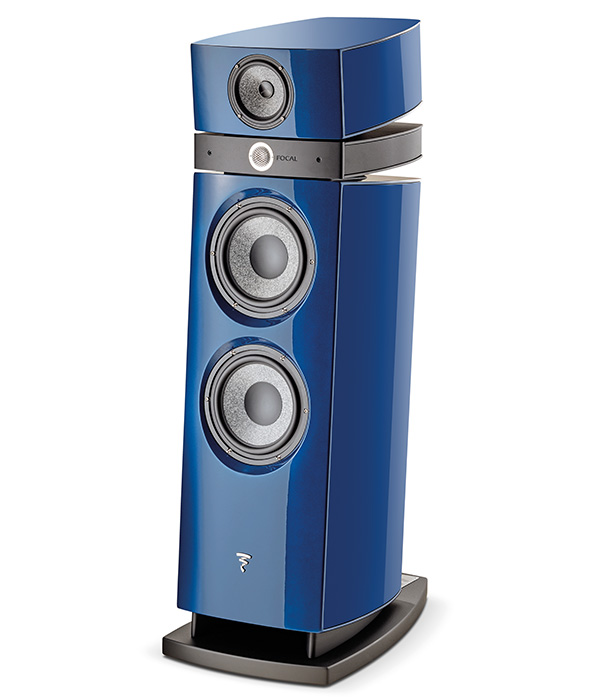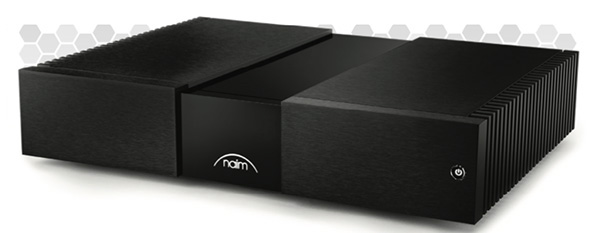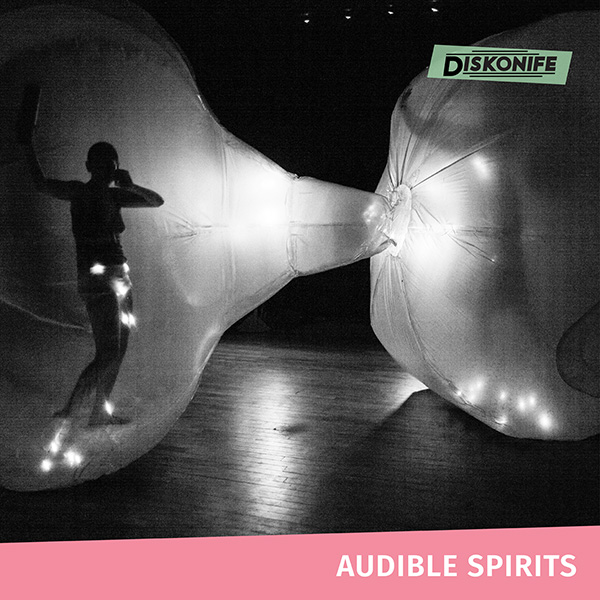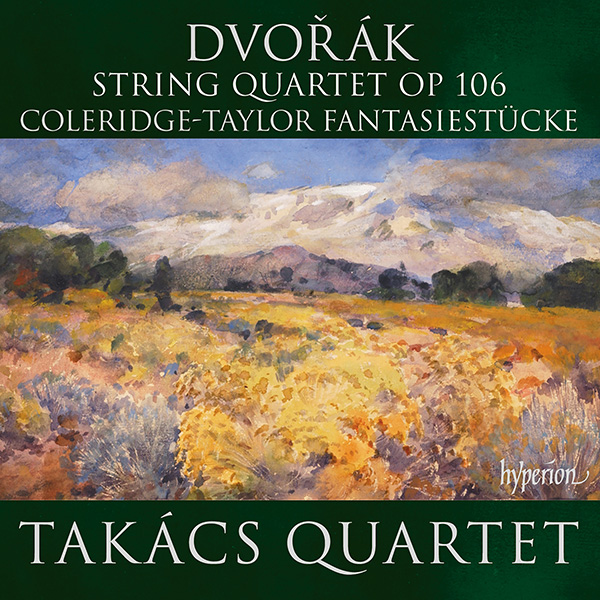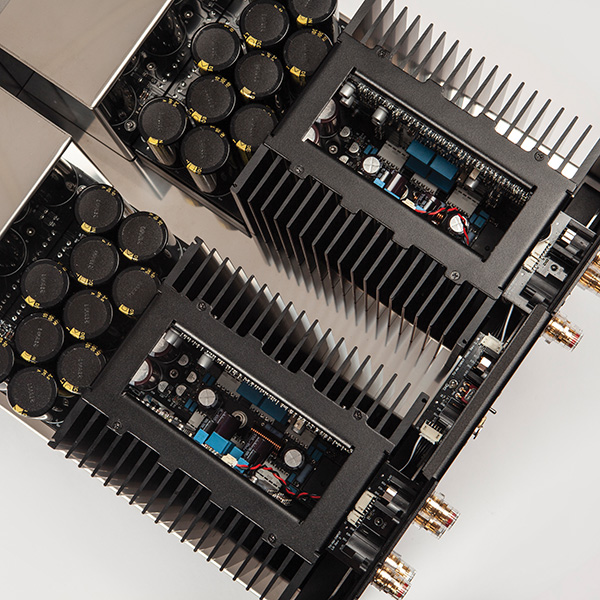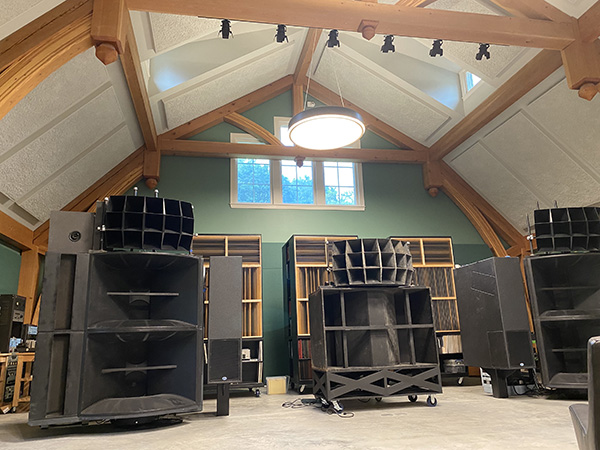LATEST ADDITIONS
Focal Maestro Utopia Evo loudspeaker
Chrissakes! Couldn't I just enjoy la dolce vita? Savor the belly-busting meals in Treviso and Civitavecchia, surrender to Tuscany's soul-soothing landscapes, thrill to Rome's old-world charms? Ninety-nine percent of the time, I did. The trip was a delight, and I wouldn't have missed it. But yes, I thought of those Maestros several times a day. The heart wants what the heart wants.
Naim Classic 200 Series NAP 250 power amplifier
Naim Audio's enduring, compact 200-series stereo power amplifier has been relaunched as the NAP 250, a key component of their new 200 Series. It has been updated massively in its technology and the compatibility of its connections, yet the primary circuit concept, which dates to the mid-1970s, is essentially unchanged. Recent development work has focused on helping the amplifier match up well with the new NSC 222 streamer-preamp, the NAP 250's intended companion. The new 200-series power amplifier is now called, simply, NAP 250, dropping the "DR" of the previous model. But while the suffix is now omitted, the ultralow-noise DR technology has been retained in the active, fully regulated power supplies; indeed, it has been improved.
Recording of November 2023: Wynton Marsalis Plays Louis Armstrong's Hot Fives Hot Sevens
Wynton Marsalis, trumpet; eight band members
Blue Engine Records (auditioned as 24/48 FLAC). 2023. Marsalis, exec. prod.; Saundra Palmer-Grassi, Todd Whitelock, engs.
Performance *****
Sonics ****
Recorded in 2006 but not released until now, Wynton Marsalis Plays Louis Armstrong's Hot Fives Hot Sevens was recorded live at the Rose Theater, the largest of three performance rooms at the Jazz at Lincoln Center facility. House label Blue Engine Records has now released this concert for streaming.
Shaken, Not Stirred—and Welcome Back, Martin Colloms
A few months ago, the hi-fi world learned that Audio Research, perhaps the most storied hi-fi brand in US history (McIntosh would be the other choice), had a new owner. The company had overextended itself, then filed for "Assignment for the Benefit of Creditors"somewhat like Chapter 11 bankruptcy but different. The company was then acquired by a group led by a Canadian, Valerio Cora of Acora Acoustics. In the September issue's Industry Update, I wrote, "Audio Research, that great American hi-fi company, is now Canadian."
Not long after the issue came out, I received a note from Dave Gordon of Audio Research Corporation. With typical good humor, Dave suggested that my characterization was not correctthat ARC is not in fact Canadian. Why? Because Audio Research's parent company is based in ... Delaware?
October 2023 Jazz Record Reviews
October 2023 Classical Record Reviews
October 2023 Rock/Pop Record Reviews
Electrocompaniet AW 800 M stereo/monoblock power amplifier
Exhausted, I walked back into town and descended stairs into a conveniently located corner restaurant. I had to eat fast because my train back was departing soon. Looking for something quick, I ordered miso soup and eel over rice. Imagine my surprise when I found myself gazing into the most wondrous bowl of soup I'd ever seen. Floating on top of its clear, brown broth were various vegetables and herbs, each perfectly positioned in relationship to the other, as in a handcrafted textile. I felt as though I'd been granted private access to a great work of art.
What does this have to do with the Electrocompaniet AW 800 M Reference power amplifier ($22,500/each) that is the subject of this review? You'll have to read on to find out.
Gramophone Dreams #77: Laissez-faire Listening & the Thöress EHT MKII integrated amplifier
Last weekend, I visited an old friend who lives near Walden Pond of Henry Thoreau fame. I hadn't visited him since before the pandemic. He had just finished adding a wing to his house that included a dedicated hi-fi listening room the size and shape of a small church. Below a cathedral ceiling, the sweet spot featured seating for no fewer than 30 guests. Besides serving as his main listening roomhe has another one that's smallerit serves as a large residential parlor with a baby grand piano for use in chamber music performances, which feature prominently in his and his wife's social calendar.
It was a high-SPL thrill to experience his towering, field-coiled RCA theater horns powered by RCA 845 amplifiers.


